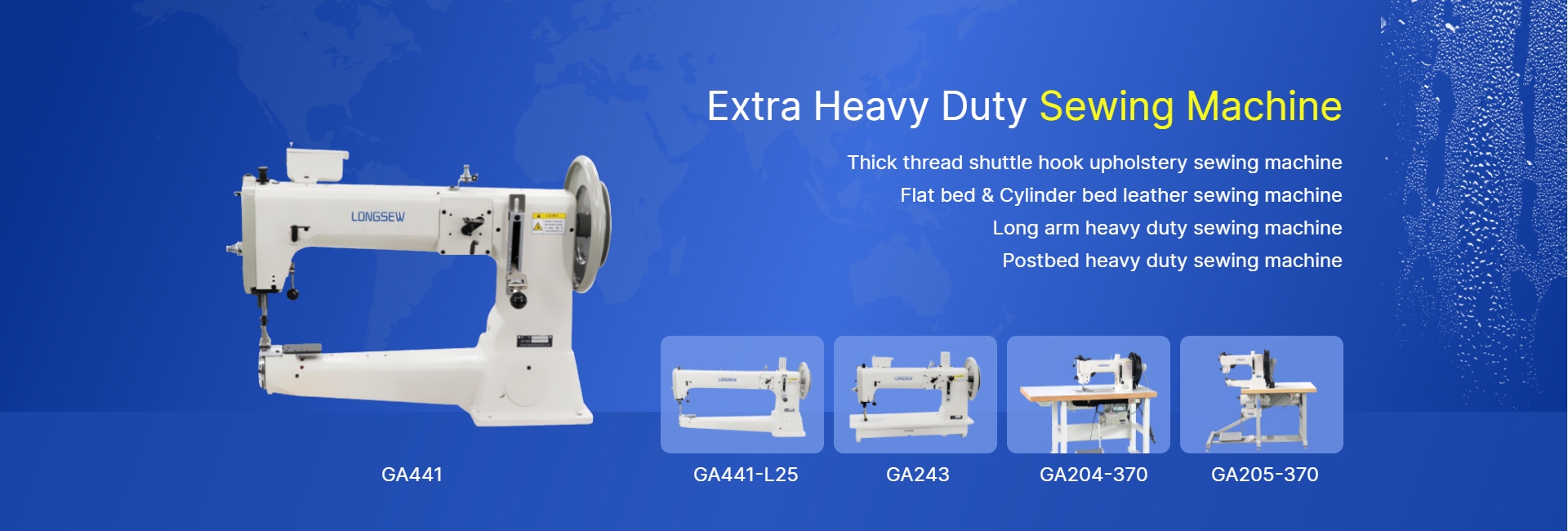sewing machine for fabric and leather
Choosing the Right Sewing Machine for Fabric and Leather
Sewing is a versatile craft that has evolved over the centuries, allowing individuals to create everything from simple repairs to intricate garments. When it comes to taking on projects that involve both fabric and leather, the choice of sewing machine becomes crucial. Not all machines are created equal, and selecting the right one can make a significant difference in your sewing experience and the quality of your finished products.
One of the first considerations when looking for a sewing machine for fabric and leather is the type of needle used. Leather is a sturdy material that requires a specialized needle — often referred to as a leather needle — which has a sharp point designed to pierce through thick material without causing damage. A good sewing machine for this purpose should be compatible with these types of needles, as well as standard fabric needles, to provide flexibility in handling different kinds of materials.
Another important factor is the machine's motor strength. Leather can be challenging to sew due to its thickness and density. Therefore, a machine equipped with a strong motor will be more effective at handling heavy materials without stalling or skipping stitches. Machines that are designed for heavy-duty sewing are ideal for both leather and thicker fabrics, providing the necessary power to complete projects efficiently.
Moreover, the machine's presser foot is also a critical aspect to consider. A walking foot or Teflon foot is often recommended for sewing leather, as these feet help to prevent the material from slipping and ensure an even feed. Many sewing machines come with interchangeable presser feet that cater to various types of fabrics, including specialty feet for quilting and leatherwork. Assessing the included accessories or the availability of additional feet is essential when making a purchase.
sewing machine for fabric and leather

The stitch selection is another element to consider. While straight stitches are common for both fabric and leather sewing, having the option of zigzag and decorative stitches can add creative flair to your projects. Look for a machine that offers a variety of stitch options, which will allow you to enhance your designs while ensuring durability.
Additionally, built-in features like automatic tension adjustment, a drop feed for free motion sewing, and adjustable stitch lengths can enhance your sewing experience. These features make it easier to transition between different materials, ensuring that your stitches are consistent and professional-looking, regardless of whether you’re working with soft cotton or tough leather.
Budget is typically a consideration for any purchase, and sewing machines can vary widely in price. Entry-level machines can be found for a few hundred dollars, while high-end models may range into the thousands. It is important to assess how often you will be using the machine and the complexity of your projects. If you plan to engage in frequent sewing, investing in a mid-range or higher-quality machine may prove beneficial in the long run.
Finally, it's worthwhile to read user reviews and seek recommendations from experienced sewers in community forums. Gathering insights about a machine’s performance on both fabric and leather can help in making an informed decision. Some brands have established a reputation for reliability and versatility, making them popular choices among sewing enthusiasts.
In conclusion, when selecting a sewing machine for both fabric and leather, consider factors like needle compatibility, motor strength, presser foot options, stitch variety, and essential features. Balancing quality with your budget will lead you to the right machine that not only meets your current needs but also supports future creativity. With the right tools at your disposal, you can dive into a world of sewing possibilities, crafting beautiful projects that showcase your skills.
-
Boost Production Efficiency with a Pattern Sewing MachineNewsAug.29,2025
-
Industrial Excellence with the Best Heavy Duty Sewing MachineNewsAug.29,2025
-
Precision and Power with the Best Pattern Sewing MachineNewsAug.29,2025
-
Reliable Bulk Packaging Starts With the Right FIBC Sewing MachineNewsAug.29,2025
-
Advanced Packaging Solutions: Elevate Productivity with Jumbo Bag Sewing Machine and Industrial Stitching EquipmentNewsAug.29,2025
-
High-Performance Solutions for Bulk Packaging: FIBC Sewing Machine and MoreNewsAug.29,2025
-
Maximize Efficiency with an Industrial Cylinder Arm Sewing MachineNewsAug.28,2025


























